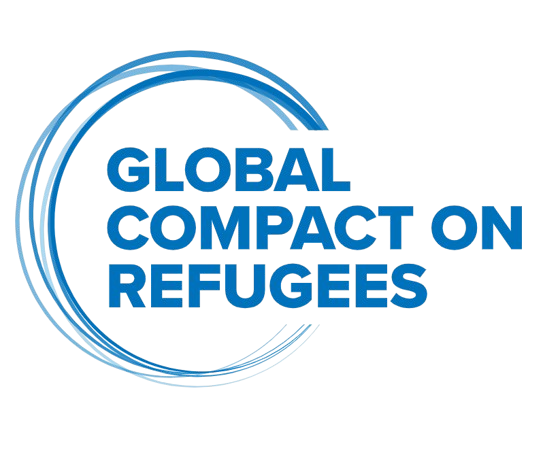Statistical Inclusion Pledge
©Ethiopian Statistical Service
In the context of the second Global Refugee Forum (GRF) from 2023, EGRISS is co-leading the Multi-Stakeholder pledge on ‘Inclusion of Forcibly Displaced and Stateless Persons in National Statistical Systems and Surveys’, together with its members from the World Bank-UNHCR Joint Data Center on Forced Displacement (JDC) and L’Institut National de la Statistique de Djibouti (INSTAD).
In that year, over 80 pledges were received from host countries, international and regional organizations and donors. Building upon the existing baseline from 2019, this indicates a total of around 100 pledges. Results were presented during the 2023 Global Refugee Forum. Progress on implementation will be monitored periodically.

Relevant Downloads
Power Point presentation of the EGRISS members briefing
Presented at the Global Refugee Forum (2023)
